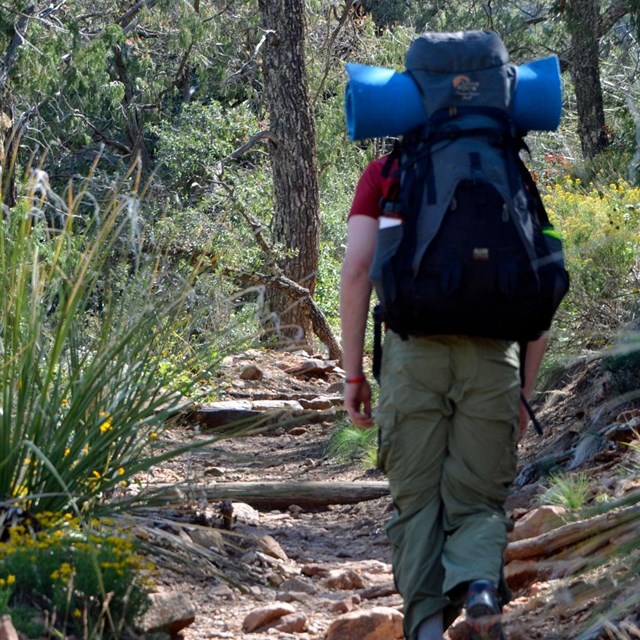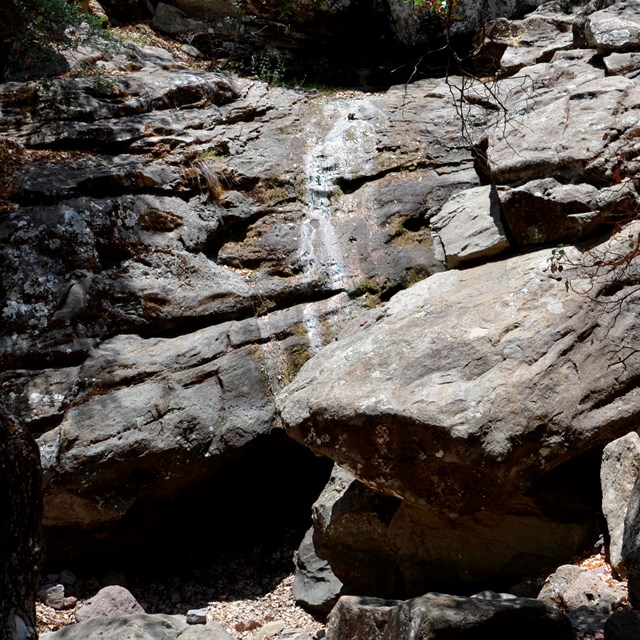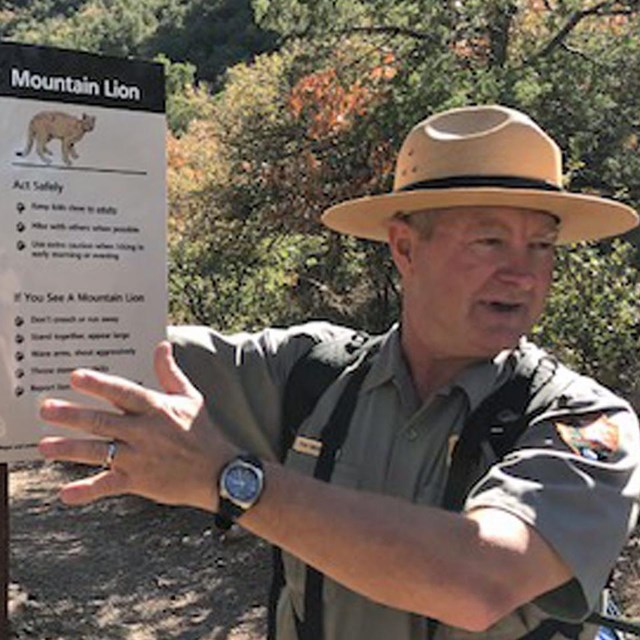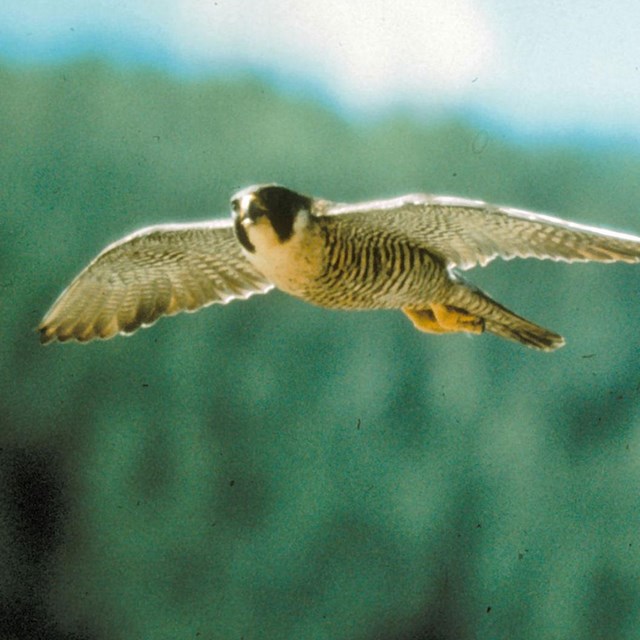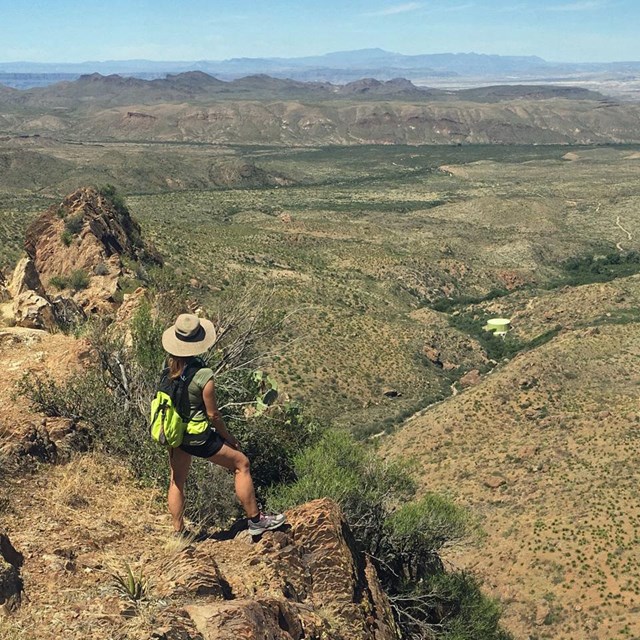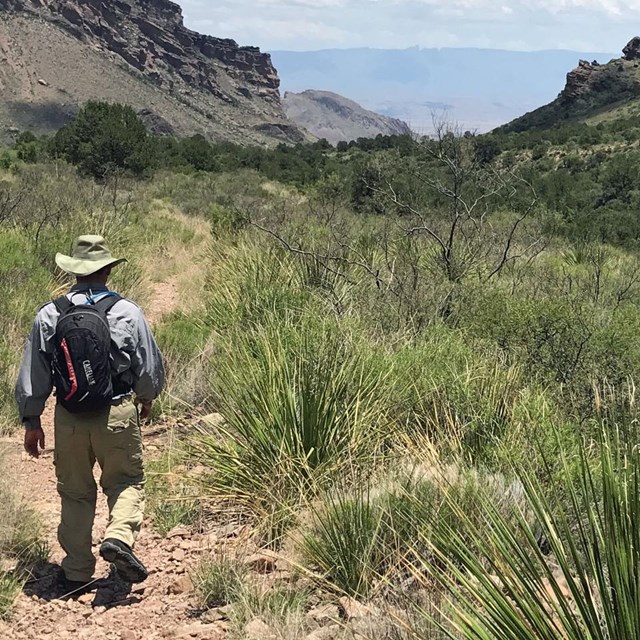
Big Bend National Park is a backpacker's paradise. For those who come prepared, there are hundreds of miles of trails, and vast expanses to explore. The following information will help you plan your dream adventure. Backcountry Use Permits
Backpacking & Off-trail Hiking Group Size LimitAn organized group or individual party MAY NOT EXCEED a 15 person limit.
Backpacking in the Chisos MountainsThe mountain woodlands of the Chisos Mountains is the most popular area for backpacking in Big Bend. Overnight backpackers in the Chisos Mountains must choose from 42 designated campsites. A backcountry permit is required. Your permit will designate your specific sites for specific nights. You may obtain a permit up to 6 months in advance for these campsites via www.recreation.gov. Helpful Trip Planning Info:
Pardon Our Dust!Work on two large construction projects in the Chisos Basin will begin May 1, 2026, and continue for approximately two years. Disruptions in visitor access to the Chisos Basin area of the park are expected. Stay tuned as construction timelines are finalized and the NPS determines allowable visitor access to the Basin during construction.
Backpacking in the DesertThe most remote areas of Big Bend National Park are best left to experienced backpackers. Each year, park rangers respond to desert emergencies when hikers are not prepared for the heat and extreme conditions of the desert. Due to the complex topography and vague trails/routes, a topographic map and a compass/gps are necessary for some hikes. Not for novices, you will need to be fully equipped and physically prepared to pack your gear and water into the desert and camp primitively.
|
Last updated: September 8, 2025


